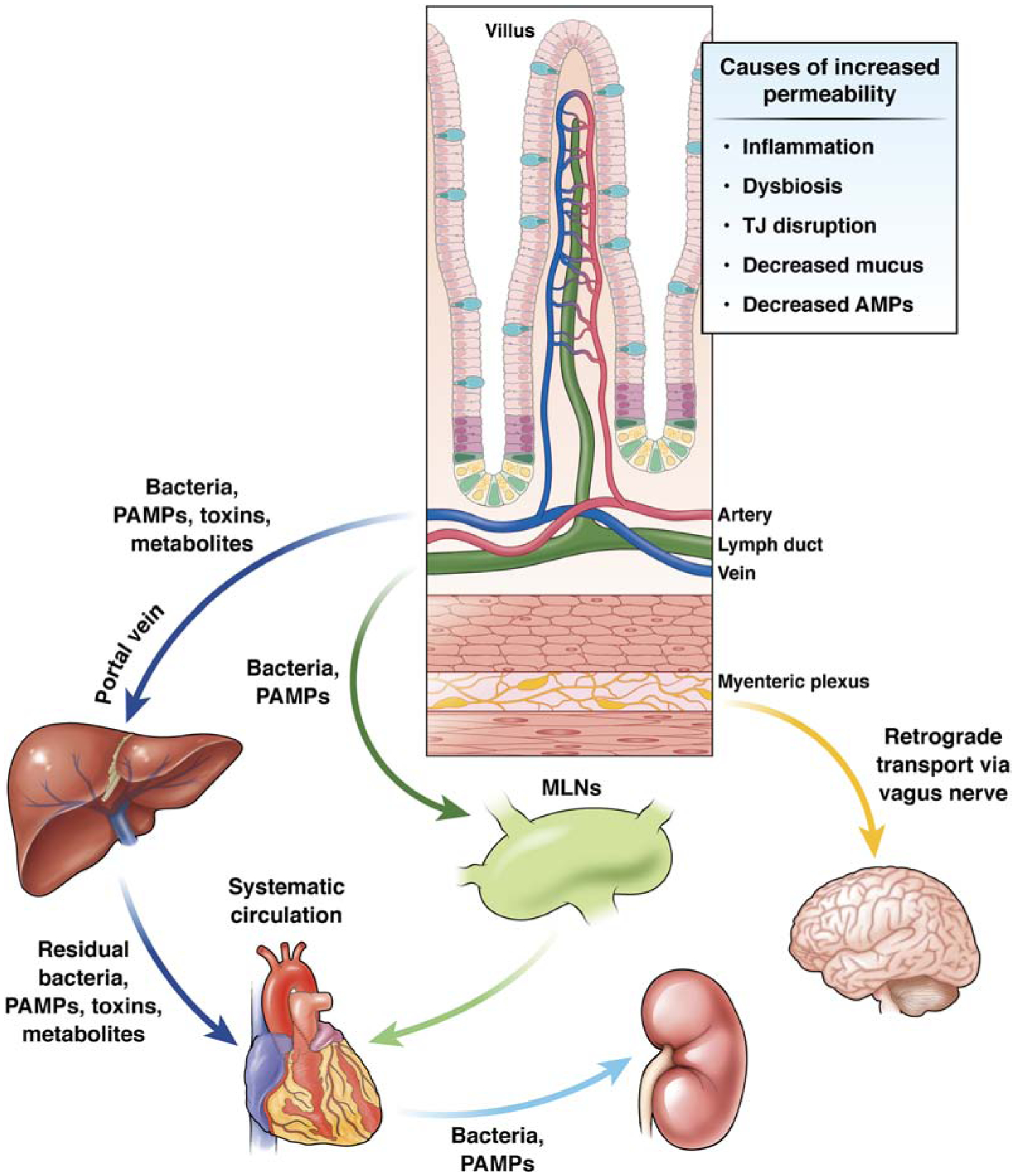Figure 3. Mechanisms of gut barrier dysfunction and routes for systemic entry of translocated bacteria and toxins.

Conditions such as dysbiosis, inflammation, and TJ dysfunction can increase gut permeability. When the intestinal barrier is compromised, translocated bacteria and microbial toxins can gain axis to distant sites. Bacteria and PAMPs can enter the portal circulation and access to the liver. The liver contains large populations of immune cells that induce an inflammatory response to these stimuli. A portion of these bacteria, PAMPS, and metabolites pass through the liver where they gain access to the systemic circulation. In parallel, a number of translocated bacteria and PAMPs from the intestine gain access to the lymphatic vasculature, where they first pass through the MLNs. A portion of these intra-lymphatic toxins will enter the systemic circulation. Intestine-derived bacteria, PAMPs, toxins, and metabolites affect the function of organs including the heart, kidney, and brain. Translocated gut pathogens also affect the brain via retrograde transport along fibers of the vagus nerve that contribute to the myenteric plexus.
